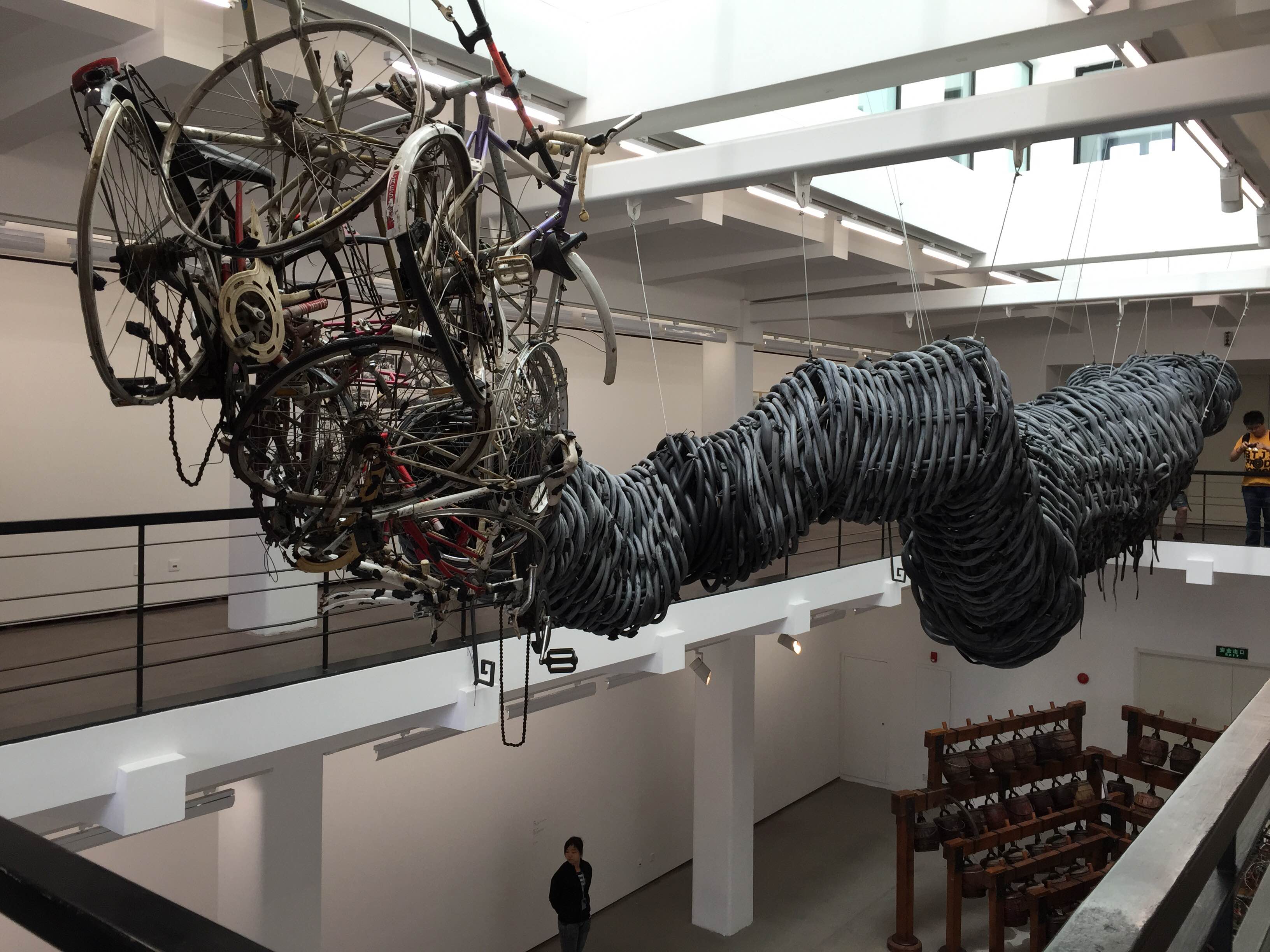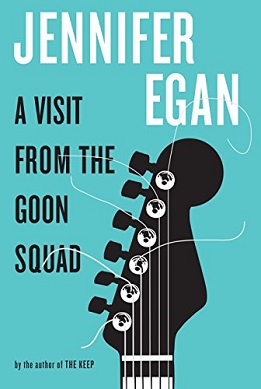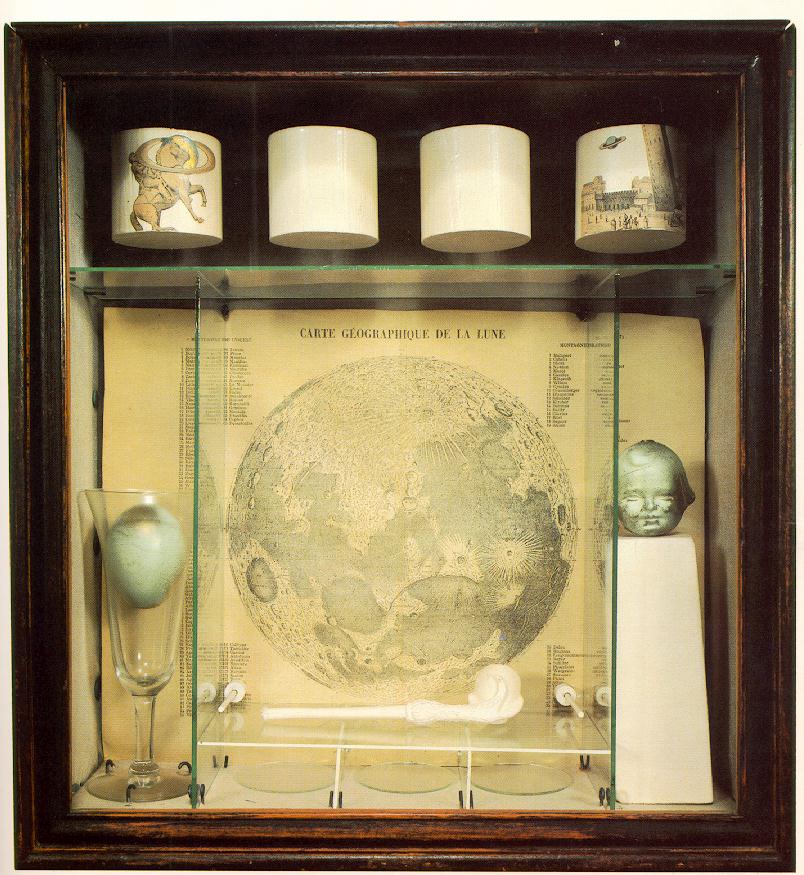- George Gershwin, Summertime
Hearing the presentation on George Gershwin made me incredibly happy in class, as the Pianos of Cha’n arrangement of Summertime is among my favourite pieces of music I’ve heard in my life – I’m being completely honest when I say I’ve listened to it multiple times every week for years. Gershwin’s interesting stance between being a classical composer and a composer of popular music (at the time) is fascinating to me. I think it is his ability to fuse classical compositions with the popular music at the time, which was influenced by a surge in commercialism and wealth, that makes him memorable as a musician. To me, his influence in the history of music is a demonstration that a thorough knowledge and understanding of traditional, classic composition combined with a will to experiment and have fun with music is what creates a great composer. This arrangement manages to strike a balance between being playful and relaxing, fine-tuned and free-spirited, and between innovative and classical. Summertime is a song with so many covers, and I have no doubt that more will be made in years to come. However, it is this cover of the song, perhaps alongside Louis Armstrong’s with Ella Fitzgerald, that manages to both surprise and soothe.
2. A Crossroads at Midnight, Palmer Hayden
I remembered this work of art because it genuinely surprised me; despite his fondness for artistic expression, Hayden’s initial dream was to become a fiddle player. He was unable to pursue a life as a musician due to his shy character and financial hardships in his family, but music was an ambition he would regret not pursuing for the remainder of his life, despite his great success as an artist. His frustration over this inability to follow his dream is shown in his painting Midnight at the Crossroad, which depicts him being forced to make a decision using a metaphor of a fork in a road. The direction of his face and feet show his true desire to follow the path of a musician, but he eventually takes the other road. I would be lying if I said that I have some incredible amount of admiration for the technique or style of the painting, or that I consider it to be a technical “masterpiece.” What I do find extremely touching about it, however, is its meaning. I’m 18, and have several paths I’m considering following. This is to be expected – if someone my age doesn’t have existential crises at least weekly, this is odd. However, this painting is unique in the sense that it is drawn from the perspective of an older, and successful, individual who regrets not chasing his dreams – a position I am legitimately terrified of having.
3. “Precipitous Parturition” by Chen Zhen

This sculpture is a part of the current Art And China: After 1989 exhibit. The impressive sculpture is fashioned from remnants of old bicycles and is filled with toy automobiles – relatively inexpensive materials accessible to the common man. The statement the sculpture makes about the changing culture of China with the advancement of technology and the changing financial scene is very profound, but also very simply presented. One doesn’t need to be a well-seasoned art critic, or even a history buff to extract meaning from this massive construction from the remnants of old bicycles, and I think that is one of its winning features. I also remembered the tour guide explaining to us the interesting challenge that The Guggenheim presents to artists as an exhibition space. The museum’s building itself is captivating, and artists must seek to ensure that their art is not overpowered. The museum is also not very friendly to sculptors, due to space and mobility constraints, so artists must think of creative ways to maximize the space of the Guggenheim, and to allow it to enhance, and not hinder, their works.
4. A Visit from the Goon Squad

One of the most intriguing aspects of A Visit from the Goon Squad is its deviation from the standard, chronological method of storytelling. Instead of discussing events in sequence, the life stories of several characters are told in a series of short stories that alternate between flashbacks and visions or fantasies of the future. I, admittedly, was initially frustrated by this, as my attempt to quickly flip through the novel was foiled instantly. However, upon second thought, the nonchronological telling of the stories in The Goon Squad is very appropriate because the novel, in essence, discusses a group of characters trying to make peace with their sense of identity. The book seems to touch on our “instinct” to try to formulate and cling to a clear idea of who we are. The characters in the novel often seem to believe that the rest of the world sees them the way they see themselves, although this is grossly inaccurate. The world may see a person for what is currently occurring in his or her life, but to ourselves, we are a combination of who we were and what we went through in the past, and who we hope to be and what we hope to achieve in the future.
5. Virgin Martyr St. Cecilia, Wiley, 2008 Kehinde Wiley


This painting is a prolific example of Wiley’s drawing upon a classical masterpiece is his rendition of The Death of St. Cecilia, a sculpture by Stefano Maderno, completed in 1600. Kehinde Wiley’s version, The Virgin Martyr St.Cecilia, demonstrates an African American male in the same vulnerable, final resting position as that of St. Cecilia in Maderno’s masterpiece, allowing Wiley to make a statement about early violent deaths of males in African American communities. I think this painting stood out in my mind because I was able to instantly overlay it with the image of the Death of St.Cecelia that I had in my mind; it made me instantly reconsider what works and which artists are worthy of appreciation, study, and scrutiny, as I realized that the mastery, position, and themes of the two works were similar. I also think that this painting stuck in my head because it provides a sobering image of vulnerability, hopelessness, and helplessness after death.
6. Soap Bubble Set, 1939, Joseph Cornell

Before this course, I had admittedly not known about Joseph Cornell and his artwork, but I can certainly see now why his contributions of “assembled” art to the development of non-traditional art forms are worth analyzing and remembering.
I think it’s interesting to consider that the “assembled” nature of the shadowboxes Cornell is known for may be a nod to his upbringing and early life in poverty. By grouping a set of inexpensive, everyday items (such as in his 1936 work Soap Bubble Set,) and declaring the collection to be “art,” Cornell makes a statement that a work of art can be created without the artist lifting a paintbrush or a pencil. Viewing Cornell’s work reminded me once again that my preconceived notion of a the necessity of the creation of a new “image” through drawing, painting, or sculpture for this image to be “art” is erroneous. I think there is certainly something to be said for grouping items we would normally not give second thought to, such as a pipe, and asking viewers to view this collection, as a whole, as a meaningful work of art. It made me consider what other “collections” or “arrangements” of theoretically found objects surrounded me, and which of them could be considered to be works of art when viewed as a whole.
7. Man Ray, The Gift

This piece stood out to me because I thought it was at the same time groundbreaking, unusual, and genuinely entertaining. “The Gift” was an iron with fourteen sewing tacks glued to the bottom of it. Ray constructed it the day of the exhibition where it would feature, as a present to the owner of the gallery. I think it is perfectly representative of the principles of Dada art, because the movement was essentially based on the ability to do what comes to one’s mind or to accept what happens by chance, because a Dada artist is capable of “not caring” and also of having absolutely no filter. I also found it so funny that the original iron was actually stolen the very day that it was exhibited, which, besides being amusing, also implies that someone else was intrigued by the work. It honestly makes me wish that a Dada movement in New York City had been more successful.
8. Gamin, Augusta Savage

Savage’s best-known work of the 1920s was “Gamin” – an informal portrait of her nephew. This artwork was peculiar because the eyes of the boy are not looking direct directly at the viewer. Rather he slightly tilts his downward with his eyes looking to the left, as if there is something else of interest in that direction. This work was memorable to me because I thought it was very very “human.” The sculpture captures a childlike innocence and an almost innocuous nature perfectly. It is so obvious that this is a depiction of a specific individual, and it shines through that this was an individual whom she knew well and was close to. I think there is something very unassuming about the sideways glance, almost as if the subject knew that he was being sketched, or portrayed, but that that didn’t lead him to assume a pose of power, dominance, or pride.
9. Brooklyn Bridge, Variation on an Old Theme, Joseph Stella

I found this work intriguing because, the instant I saw it, I was reminded of other Futurist art, with which I’m somewhat familiar. Futurism made its biggest impact in Italy, where it was popularized by artists Balla, Severini, and Boccioni. The movement emphasized speed, technology, youth, and violence, and objects such as the car, the aeroplane, and the industrial city. I think Stella’s depiction of the Brooklyn Bridge encompasses Futurism’s embrace and appreciation of modernity perfectly. However, I find it interesting, because the Brooklyn Bridge is a structure that, at least for me, evokes mixed emotions. The bridge is absolutely stunning and very majestic, and every time I walk over it, I am again struck with disbelief that it was constructed in the first place. It definitely showcases the capability of mankind and the progress of design and technology. However, and I may be romanticizing the bridge somewhat, I find that the bridge is very sentimental, human, and beautiful. I find that Futurism often portrays modernity almost aggressively, and it may be only with the passage of time that we can appreciate the subtle beauty of these structures.
10. John Cage, 4’33”
4’33,” a very controversial, groundbreaking, and, honestly, daring piece consisted of three sections; throughout these sections, the performer is instructed not to play his instrument at all. I find this piece to be very personal because it made me reconsider what my definition of “music” is. I’ve considered and reconsidered my definition of “art” many times, and I’ve made many adjustments, the first major one being after witnessing Malevych’s “Black Square.” However, although music is a form of art, my idea of what is necessary for something to be considered a piece of music has long remained fairly stable, and perhaps very conservative. I think 4’33” is fascinating in the sense that it causes the listener to be just that, a listener. In order to acknowledge the work, one must be willing to devote his attention to it, and to experience it, putting the rest of his or her life on hold for a bit. It makes one question whether the content of the piece is absolute silence, or if the piece is meant to be different each time it is performed, as each unintentional or background sound becomes part of the music.


Leave a Reply
You must be logged in to post a comment.